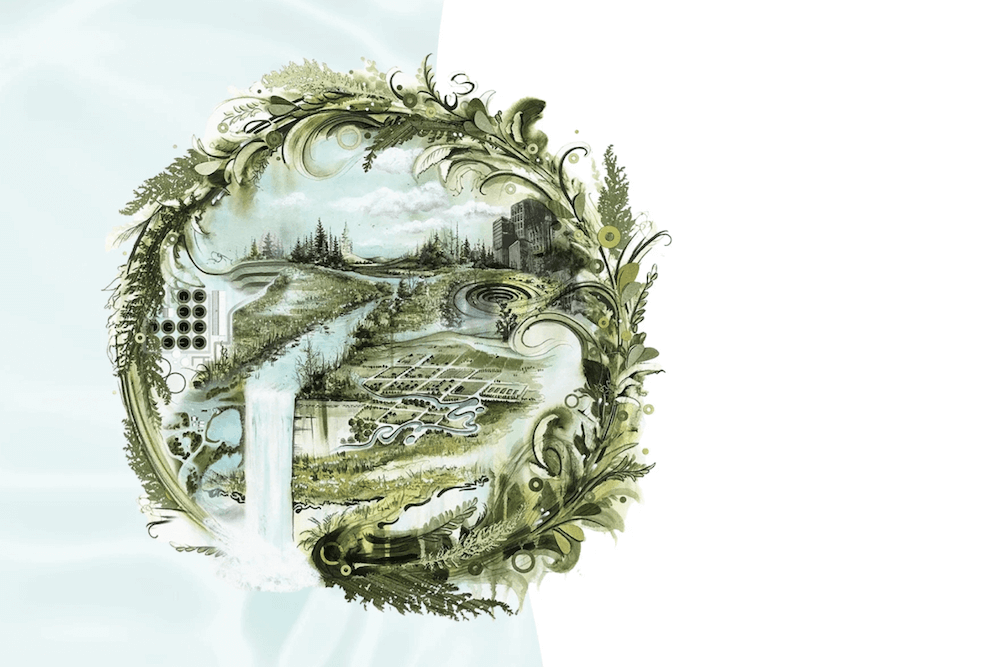Plants, much like animals, need oxygen to stay alive. However,
when plants and animals become stressed, part of the oxygen they
use can turn into poison and accelerate the aging process, says
a University of Georgia scientist.
Al Purvis, a horticulturist with UGA College of Agricultural and
Environmental Sciences, is researching the ways plants cope with
stress. His studies could enable farmers to grow plants whose
fruits ripen and age more slowly. These fruits would be able
to stay fresh longer at the grocery store and in the home.
Breathing Life
Much like putting a log on a fire, a plant gets energy from
respiration
and the burning of food. “This is all part of the living
process,” Purvis said.
The earth’s atmosphere is about 21 percent oxygen, he said.
While
animals don’t function well and even die without this level of
oxygen, plants can live at lower oxygen concentrations. During
normal respiration, most of the oxygen the plant consumes is
safely
reduced to water. But the plant doesn’t use all the oxygen.
These
extra oxygen compounds can become Reactive Oxygen Species.
Bad Breath
Because their makeup is unbalanced, ROS are unstable. They will
react with anything to become stable once again. While they are
roaming around the body trying to equalize, they can actually
attack and kill body tissue. Anyone who has stored a piece of
fruit too long has seen ROS at work, Purvis said. The unstable
compounds attack and destroy the fruit’s cells, making it
mushy.
In the early 1990s, Purvis discovered that plants had an
alternate
line of defense. This extra feature, known as the alternative
electron transport pathway, gives plants an advantage over
stress
that animals don’t have, he said.
Coping with Stress
Research at the Coastal Plain Experiment Station in Tifton, Ga.
has shown that the alternative pathway reduces the production
of ROS in stressed and aging plant tissue.
When a plant is stressed, he said, respiration increases. The
faster respiration consumes more oxygen than the body can safely
reduce. This increases the level of ROS. Just the simple process
of aging can stress a plant or an animal.
“Plants and animals are more prone to disease after they
have gone through a lot of stress,” he said. “ROS are
good and bad. The key is controlling the level.”
Good, Bad ROS
ROS play a major role in the ripening of fruit. They’re
necessary
for other life functions, too. But too many can be harmful.
A common ROS is hydrogen peroxide. It reacts with and helps
fight
infection on flesh wounds. Another, hydroxyl radical, is formed
when a cancer patient undergoes radiation treatments. “It’s
the most potent,” Purvis said. “It reacts with
everything
under the sun.”
Plants and animals both can defend against these harmful
radicals.
Antioxidants, such as vitamin C or E, can shield body tissue
from
the attacking compounds and reduce them to harmless water.
“We have ways to prevent the harm that is done from these
radicals. But sometimes the level of production of these
radicals
overcomes the degradation,” Purvis said.
Now that the plants’ alternative pathway has been identified,
he said, it’s possible to produce plants that are better able
to cope with stress.



